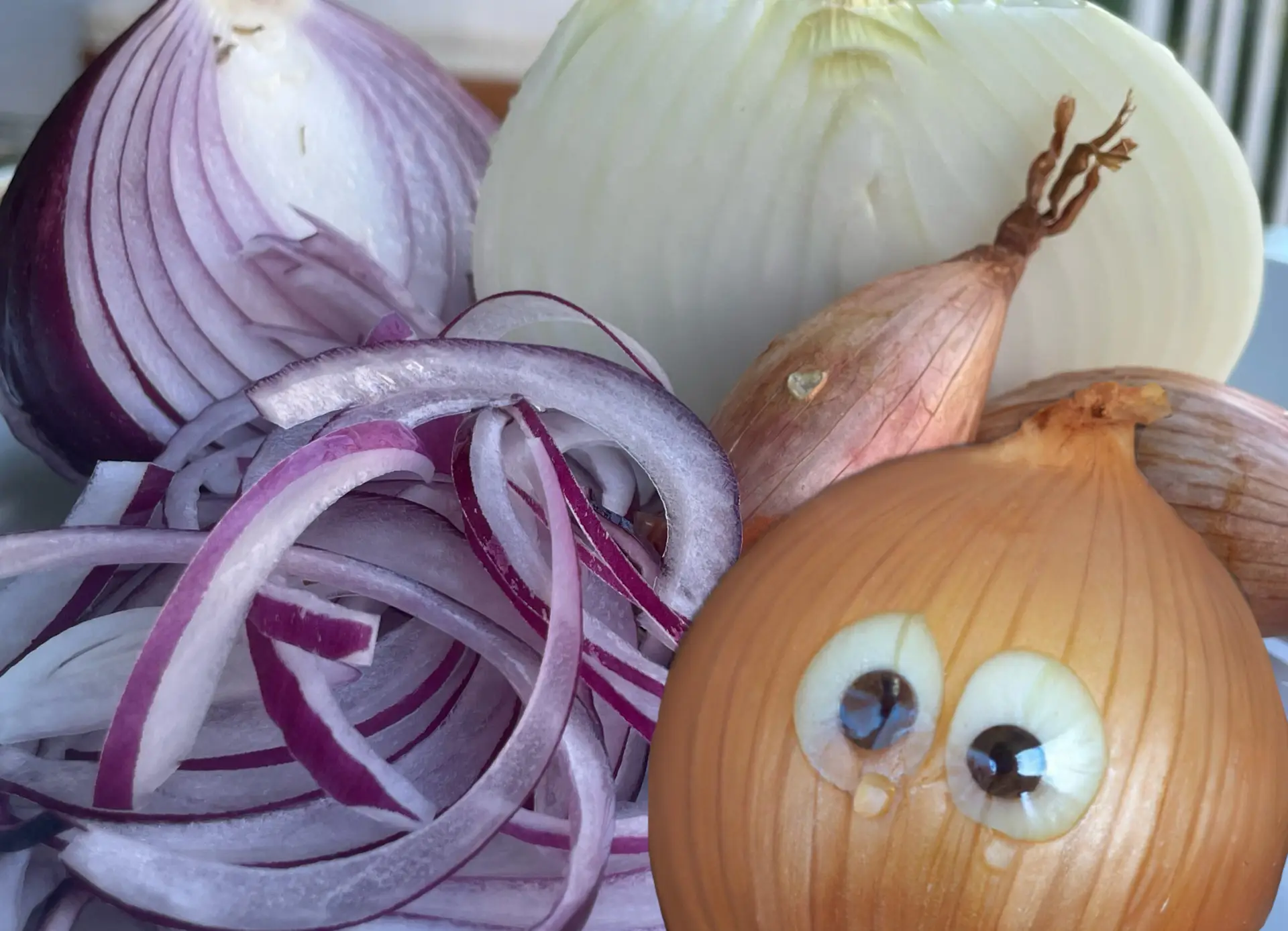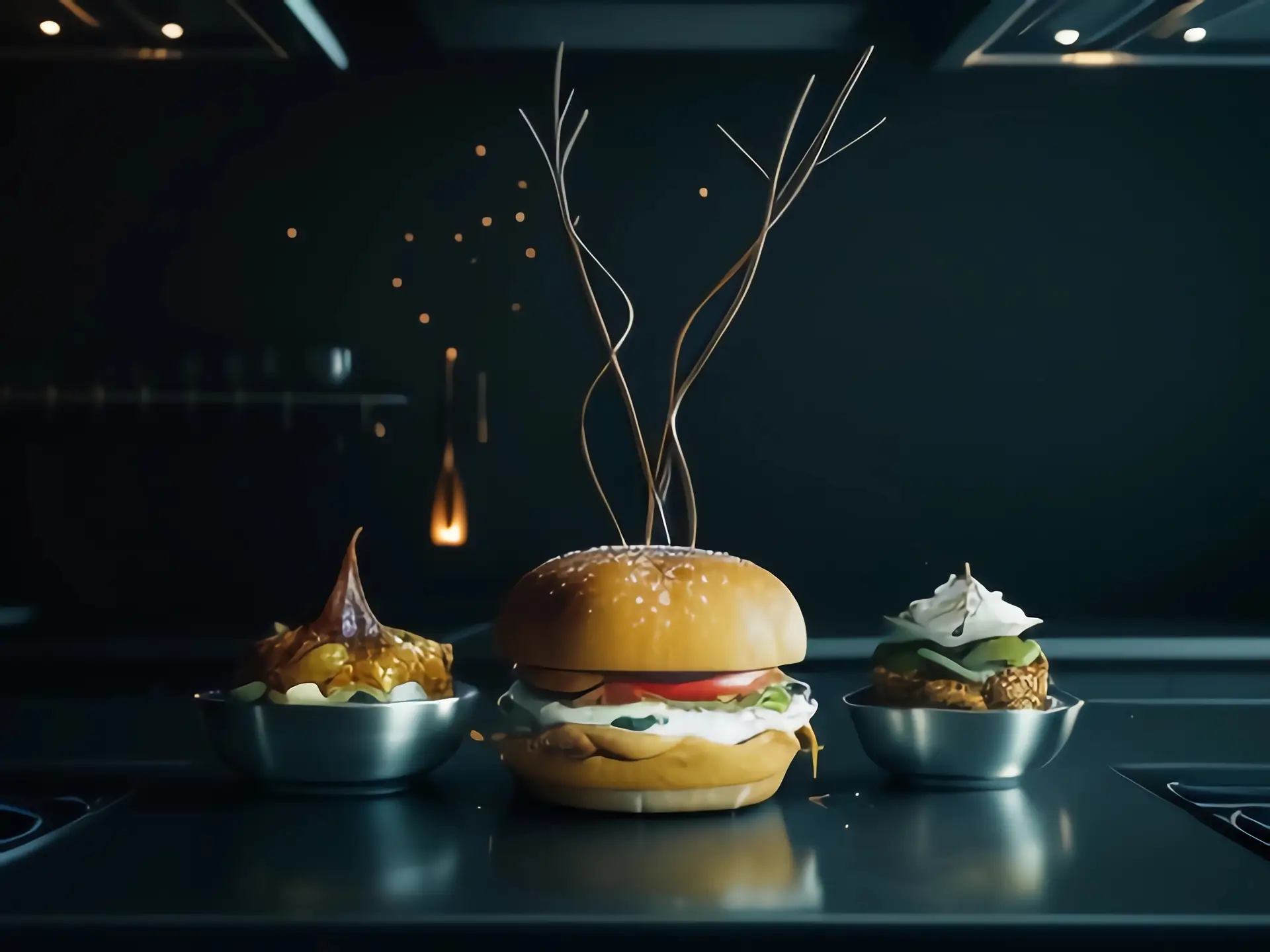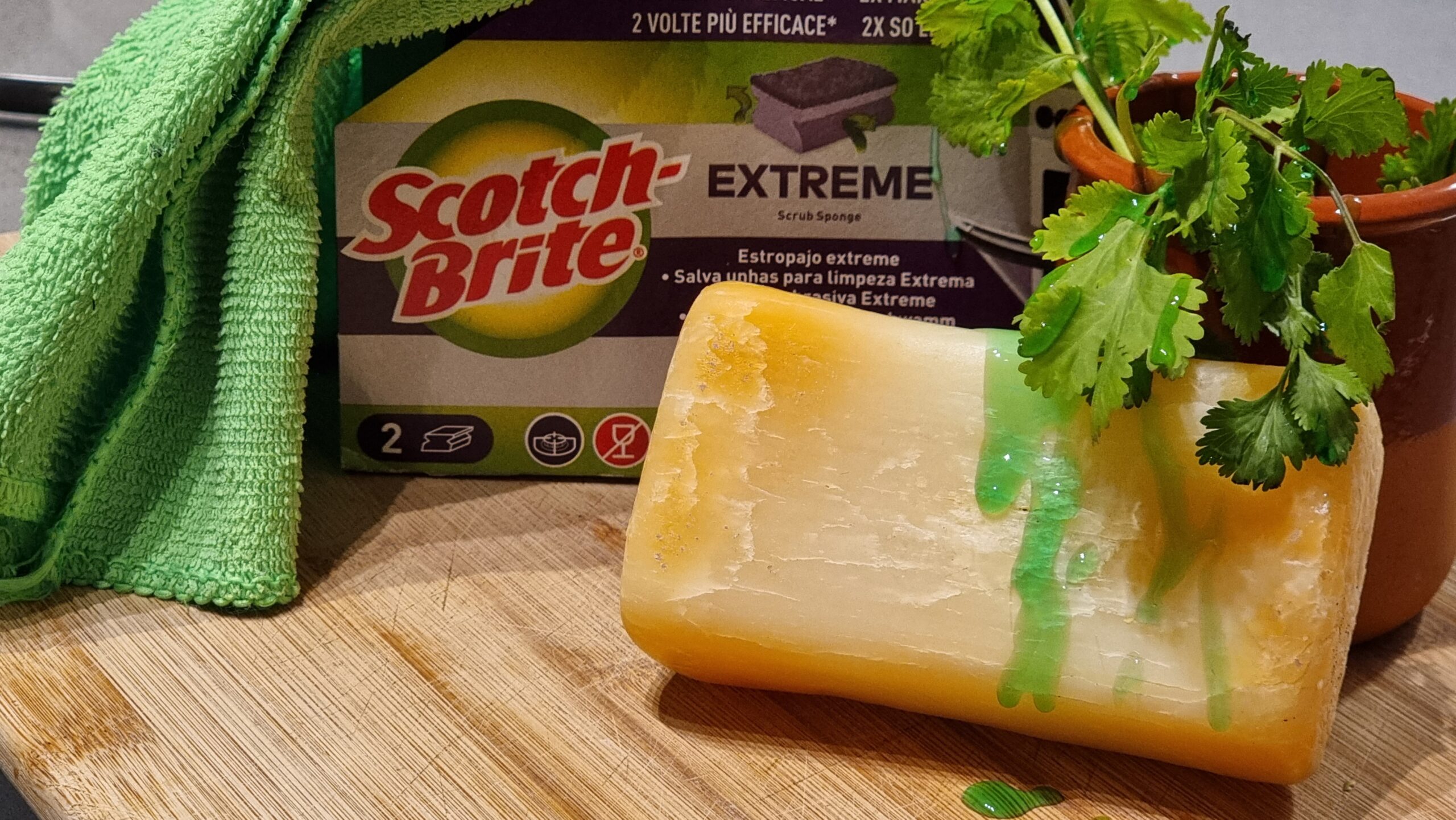Are essential oils really essential like amino acids that we must have in our diets?
Not at all. It’s more of an emotional belief than a factual one. Chemically speaking, they may not be an “oil” and may not even feel oily to the touch. Perfume and spice industries and even cosmetics take advantage of this misunderstanding by preluding these oils in their products as if they were somehow imperatives for both health and beauty. Use of the term “essential” does not mean indispensable or even consumable by the human body, as with the terms essential amino acid or essential fatty acid, which are so-called because they are nutritionally and biologically required by a given living organism, the adjective in the name simply mean that the product is an aromatic essence or a concentrated spirit of volatile chemical compounds from the plant.
They can be obtained in pure form by steam distillation (boiling the crushed plant material in water and condensing the mixed oil and water vapor), by extraction into cold or hot fat (enfleurage), maceration, or volatile organic solvents that can be evaporated away (Liquid-Liquid extraction), etc.
We perceive an essential oil as a flavor or fragrance because it consists of small and very light molecules (with molecular weights of less than about 300 or 400) that can float through the air and reach our noses. These airborne molecules can enter our upper nasal passages, either directly through the nose or through the back of the mouth when we eat the spice or inhale a scent. In the upper nasal passages, the molecules lock onto the olfactory receptors, which fire nerve cells to generate a smell signal (op. cit. Shephard, 2012). These signals are interpreted in the cortex of the brain, along with the taste signals received from our taste buds, to produce the overall sensation of what we call flavor. Although we habitually localize flavor in the mouth, anywhere between 70 and 85 percent of the flavor of our foods is contributed by our sense of smell (op. cit. Wolke, 2002).
The majority of essential oils are chemicals called terpenes (Wolke, 2002), a class of unsaturated hydrocarbons. Some examples are given below. Note that listed are the molecules that are present in the majority in the mix of so many compounds that contribute to a particular smell.

To get a more in-depth knowledge of the same topic. Here is a list of books:
- Neurogastronomy: How the Brain Creates Flavor and Why it Matters, by Gordon M. Shepherd, 2012.
- Nose Dive: A Field Guide to the World’s Smells, by Harold McGee, 2020.
- Smellosophy: What the Nose Tells the Mind, by Ann-Sophie Barwich, 2020.
- Learning to Smell: Olfactory Perception from Neurobiology to Behavior, by Donald Alan Wilson and Richard J. Stevenson, 2006.
References:
- McGee, H. (2007). On food and cooking: the science and lore of the kitchen. Simon and Schuster.
- Wolke, R. L., & Parrish, M. (2002). What Einstein Told His Cook: Kitchen Science Explained. WW Norton & Company.







